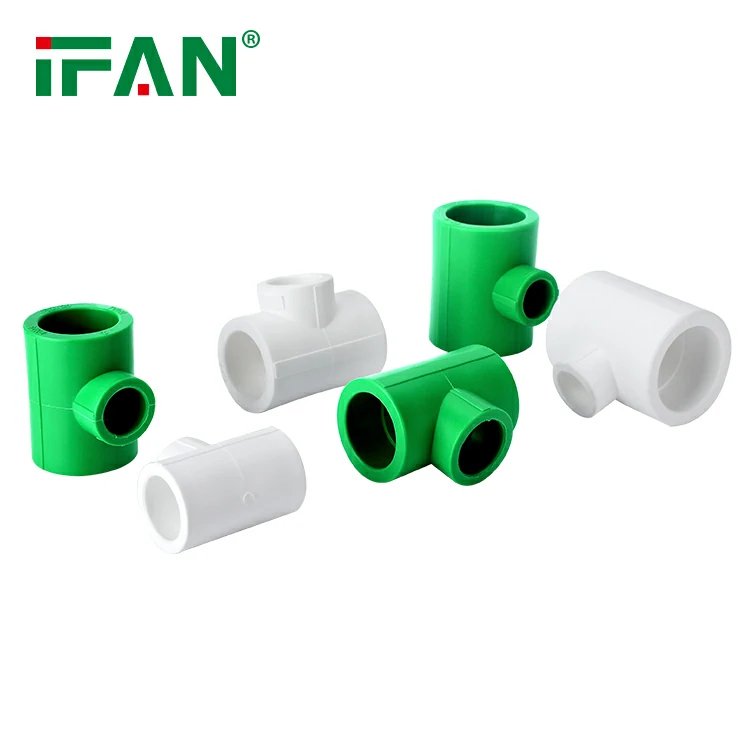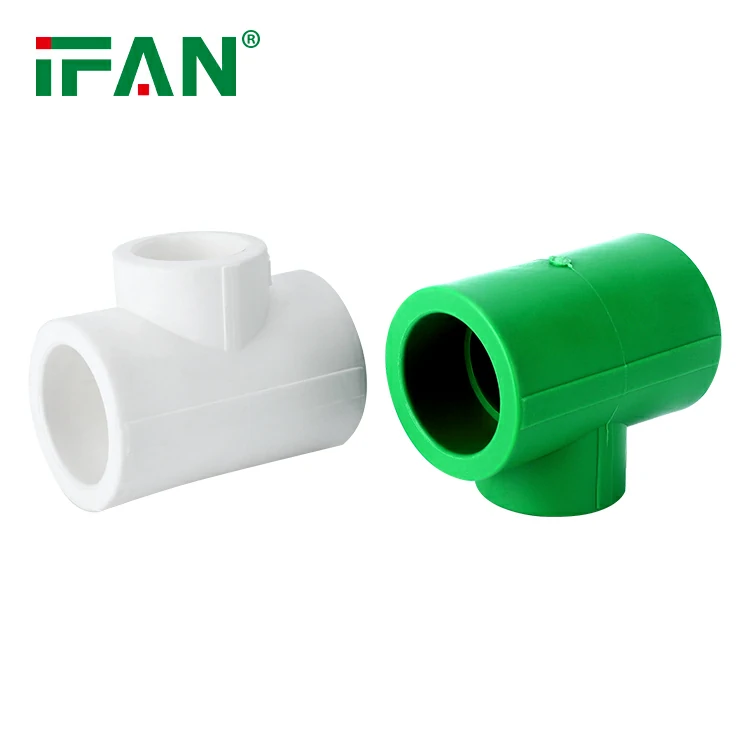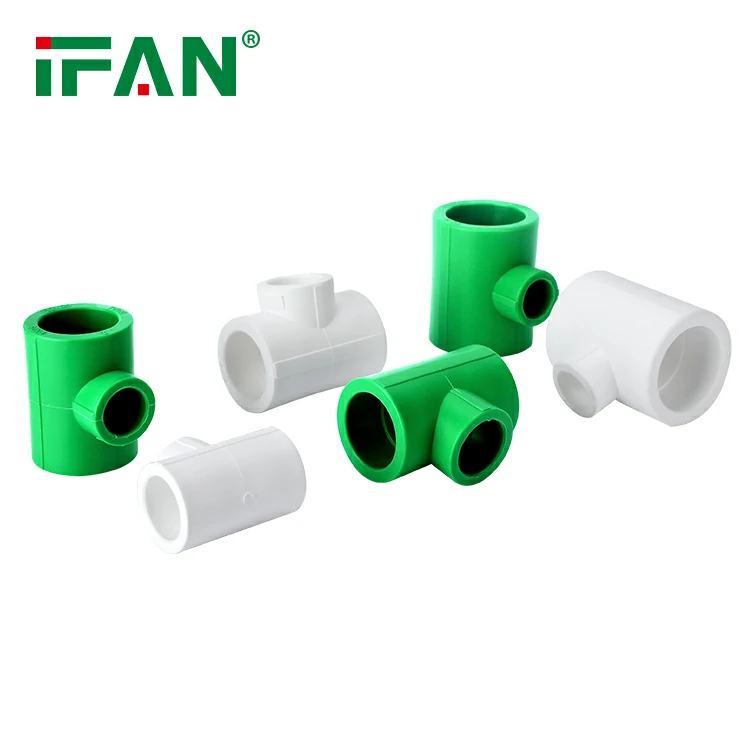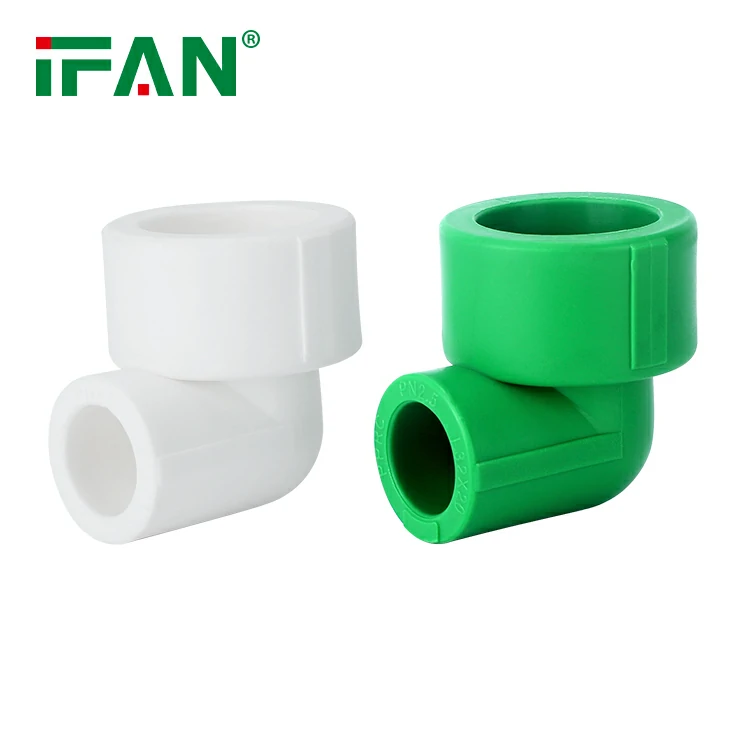PEX pipes are a popular choice for plumbing due to their flexibility, durability, and ease of installation. However, like any plumbing system, PEX pipes can experience problems. Here are some common problems with PEX pipes and how to troubleshoot them:
- Leaks: Leaks are the most common problem with PEX pipes. They can be caused by a variety of factors, including improper installation, damage to the pipe, or high water pressure. To troubleshoot a leak, you should first locate the source of the leak. If it’s a small leak, you may be able to fix it with a pipe clamp or a patch. If it’s a larger leak, you may need to replace the damaged section of the pipe.
- Reduced water flow: Reduced water flow can be caused by a number of factors, including mineral buildup, clogs, or damage to the pipe. To troubleshoot reduced water flow, you should first check for clogs in the faucet or showerhead. If there are no clogs, you may need to flush the pipes to remove mineral buildup. If the problem persists, you may need to replace the damaged section of the pipe.
- Burst pipes: PEX pipes can burst if they freeze, are damaged, or are exposed to high water pressure. To troubleshoot a burst pipe, you should turn off the water supply and replace the damaged section of the pipe.
- Fittings: Fittings are an important part of any plumbing system, and they can sometimes fail. To troubleshoot a faulty fitting, you should first check to make sure it’s properly installed. If it’s not, you may need to re-install it. If the fitting is damaged, you may need to replace it.
In general, it’s important to properly install and maintain your PEX pipes to prevent problems from occurring. If you’re unsure how to troubleshoot a problem with your PEX pipes, it’s always best to consult with a licensed plumber.





